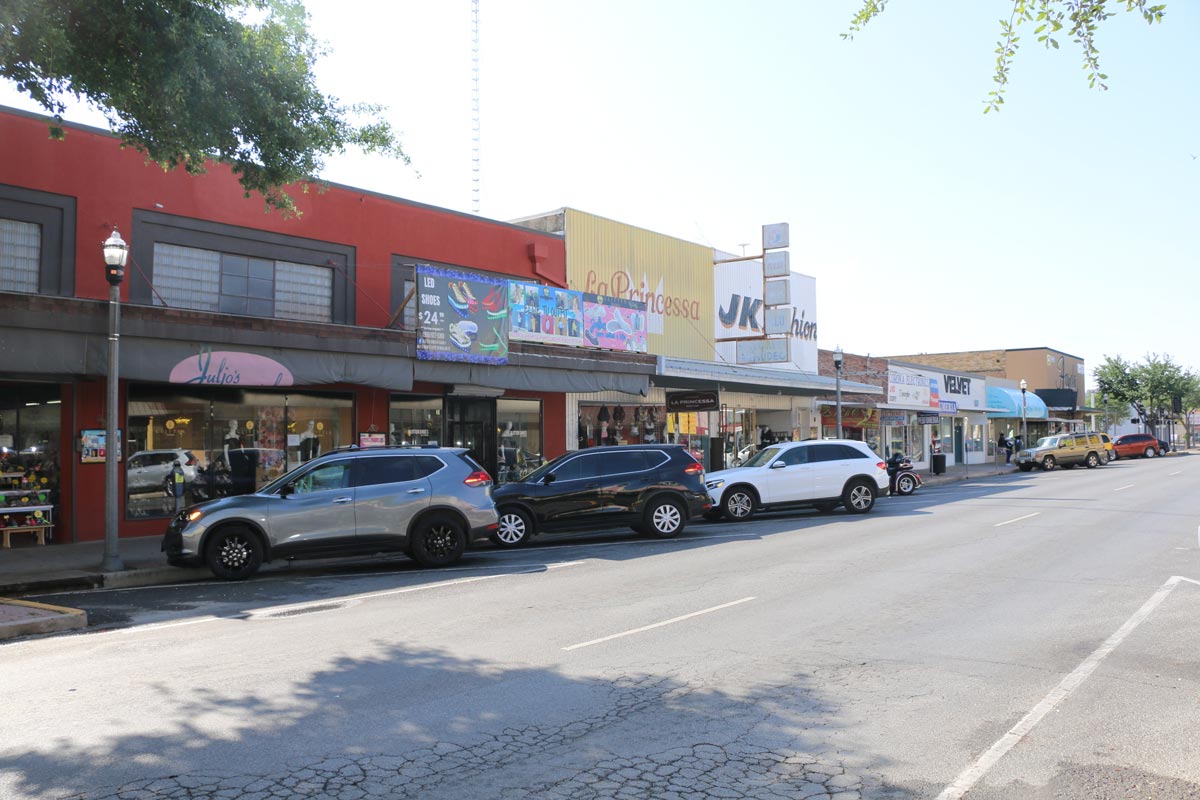McAllen is poised to redefine its urban landscape with an ambitious overhaul of its development regulations, making way for a city that’s denser, more walkable, and modern. The proposed Unified Development Code (UDC) aims to update zoning and planning regulations to support mixed-use developments, sustainable growth, and a more livable city core, transforming McAllen into a regional urban center.

What is the Unified Development Code?
The UDC will streamline zoning categories, making it simpler for developers to work within new, flexible zones that encourage mixed-use projects. Currently, McAllen’s zoning framework is complex, with designations that separate commercial, residential, and retail spaces. Under the new UDC, consolidated residential zones would allow developers to mix housing types—from apartments to townhomes—within a single zoning designation, paving the way for innovative, multi-functional developments.
Key Elements of the New Urban Framework
- Mixed-Use Zoning: The UDC’s highlight is its focus on mixed-use zoning, which means office, retail, and residential spaces could coexist in the same area. This approach will encourage businesses, restaurants, and shops to occupy lower floors while residential units sit above, creating a vibrant, live-work environment.
- Reduced Parking Requirements: One of the most progressive changes involves reducing the number of required parking spaces for buildings, an effort to boost pedestrian access. This shift not only saves space but also signals McAllen’s commitment to a greener, more walkable urban environment, reducing reliance on cars.
- Density and Population-Based Zoning: The city will reorganize zones based on population density, making it possible to design high-density areas that can support a bustling, urban lifestyle with amenities, green spaces, and public transportation options nearby.
- Enhanced Street Design and Infrastructure: Beyond zoning changes, the UDC proposes improvements to McAllen’s street and sidewalk designs, focusing on pedestrian-friendly pathways and better public spaces. These updates aim to create a welcoming environment for people on foot, enhancing safety and accessibility.
Why This Matters for Investors and Residents
McAllen’s growth has been steady, but these new regulations are setting the stage for a major evolution. For investors, the UDC could open up valuable opportunities, especially in new mixed-use zones that may see increased property values. Additionally, reduced parking requirements and multi-functional developments can maximize rental returns for property owners. Residents, too, will benefit from a more accessible, walkable city that offers convenient local services and a vibrant community.
Potential Impacts on McAllen’s Economy
The shift to a denser, mixed-use development style aims to attract more businesses, residents, and visitors, ultimately boosting McAllen’s local economy. With more spaces designed for small businesses, entrepreneurs could thrive, bringing diversity to McAllen’s commercial offerings. The changes are intended not only to modernize McAllen’s urban identity but also to maintain its appeal within the highly competitive Rio Grande Valley region.
Conclusion
McAllen’s push for urbanization through the UDC could represent a model for progressive city planning across the region. As the city embraces a more sustainable and accessible future, residents, developers, and investors have a unique opportunity to be part of McAllen’s urban evolution.
For a deeper dive into McAllen’s development plans and what they mean for the city’s future, explore the full article on MyRGV

 Facebook
Facebook
 X
X
 Pinterest
Pinterest
 Copy Link
Copy Link